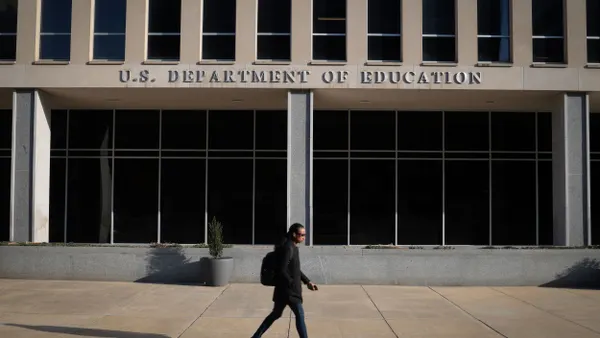Dive Brief:
- Social media can lead to information overload for students, particularly sites that boil with negative news, which circulates quickly, can be incorrect and can contribute to stress in a student’s life.
- While some teachers choose to avoid social media and current events entirely, a better approach may be to help students decipher what they read online, so they can interpret news critically without growing unnecessarily anxious, according to Edutopia.
- Providing teachers with resources such as online libraries of news stories, and professional learning opportunities to guide educators on unpacking fake news themselves, can in turn help students grow into critical thinkers of their own.
Dive Insight:
While it's understandable that educators want to create safe spaces where children can learn, social media is hardly that. And schools are wise to adopt social media policies to help protect students. But weaving in real-world tools, in a sheltered environment, is teaching at its best — a chance for students to test the water in a supportive setting.
Students are already voracious users of social media, particularly outside of the classroom. Teachers too. And educators who use social media sites are actually more likely to feel comfortable integrating these sites into curriculum, according to a study from researchers at Michigan State University and the University of Michigan. Professional development that helps educators adopt best practices on this technology can result in a powerful classroom tool.
Social media can be a wonderful sandbox for children — a place where they can learn how to unpack what they’re reading into a framework that they can use in their education. Teaching students how to interpret their world, and the news they read, teaches them to be critical thinkers — a first step to growing into digital leaders tomorrow.










